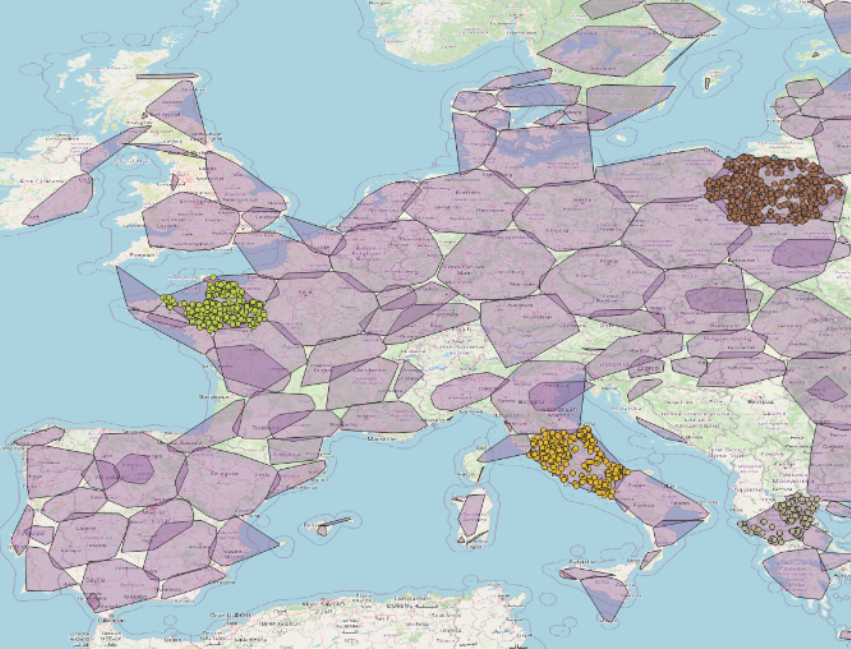UDF with machine learning#
Algorithm type: spatiotemporal data chunk
Applying deep learning models is one of the most common reason to use UDF’s.
This example relies on understanding ‘apply_neighborhood’, which is explained here:
https://open-eo.github.io/openeo-python-client/udf.html#example-apply-neighborhood-with-a-udf
https://github.com/openEOPlatform/parcel-delineation/blob/main/Parcel delineation.ipynb
Sampling EO data#
When calibrating a model, you often want to work on sample datasets that is representative for the full dataset, without actually having to download petabytes of data.
Therefore, many users sample EO datasets at various point or polygon locations, which then generates a local archive of netCDF files that can be used to calibrate a model.
The local openEO processing support allows to start from samples that are pretty much ‘raw’ data, so that you also have the ability to change your preprocessing pipeline.
https://open-eo.github.io/openeo-python-client/cookbook/sampling.html
The image below shows how sampling points of the Lucas database are spatially grouped to be able to sample all of Europe:



